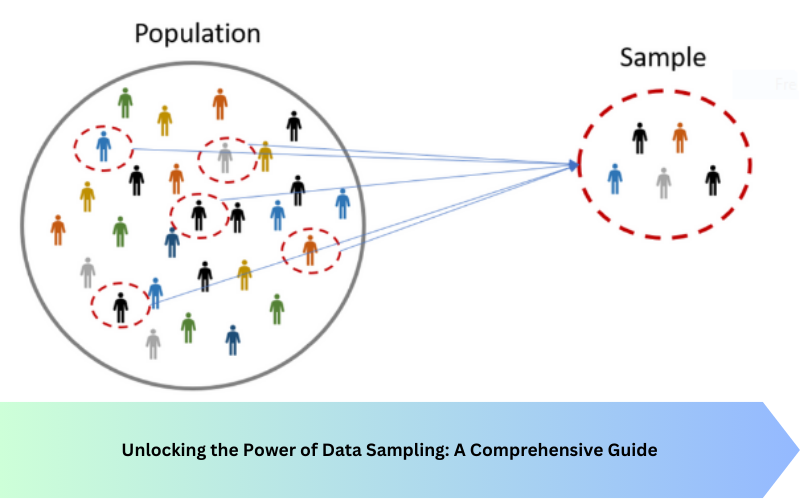In the dynamic realm of data science, one indispensable tool stands out for its ability to distill vast datasets into manageable chunks without compromising accuracy: data sampling. In this guide, we delve into the intricacies of It, exploring its significance, methodologies, and applications across various domains.
Understanding Data Sampling
At its core, It involves selecting a subset of data points from a larger population to represent the whole. This process is pivotal in scenarios where analyzing the entire dataset is impractical due to its sheer size or limited resources. By strategically , analysts can draw meaningful insights and make informed decisions with confidence.
Methodologies of Data Sampling
It encompasses various methodologies, each tailored to suit specific objectives and datasets:
- Simple Random Sampling: This method entails randomly selecting data points from the population, ensuring every element has an equal chance of being chosen. Simple yet effective, it serves as the foundation for many sampling techniques.
- Stratified Sampling: In this approach, the population is divided into distinct strata based on certain characteristics. Data points are then sampled from each stratum proportionally, ensuring representation across all subgroups.
- Systematic Sampling: Here, researchers select data points at regular intervals from an ordered list. By maintaining a systematic approach, this method reduces bias and simplifies the sampling process.
- Cluster Sampling: Ideal for large and geographically dispersed populations, cluster sampling involves dividing the population into clusters and randomly selecting entire clusters for analysis.
- Convenience Sampling: While less rigorous, convenience sampling involves selecting data points based on their easy accessibility. While expedient, it may introduce bias and should be used cautiously.
Applications
The applications of data sampling span diverse fields, including but not limited to:
- Market Research: Sampling consumer preferences to inform product development and marketing strategies.
- Healthcare: Analyzing patient data to identify trends and improve treatment protocols.
- Finance: Sampling financial transactions to detect fraud and assess market trends.
- Environmental Science: Sampling environmental data to monitor changes and inform conservation efforts.
- Quality Control: Sampling products during manufacturing processes to ensure adherence to standards.
Five FAQs on Data Sampling
- Why is data sampling necessary?
- It enables efficient analysis of large datasets, saving time and resources while preserving accuracy.
- How do you choose the appropriate sampling method?
- The choice of sampling method depends on factors such as the nature of the dataset, research objectives, and available resources. Understanding these factors is crucial in selecting the most suitable approach.
- What are the potential pitfalls of data sampling?
- Common pitfalls include sampling bias, inadequate sample size, and improper selection methods. Vigilance and adherence to best practices can mitigate these risks.
- How can sampling bias be minimized?
- Minimizing sampling bias involves ensuring representative sampling by employing randomization techniques, stratification, or careful consideration of sample selection criteria.
- What sample size is sufficient for reliable results?
- The appropriate sample size varies depending on factors such as the population size, desired level of confidence, and acceptable margin of error. Statistical formulas and online calculators can aid in determining an adequate sample size for a given study.
Final Thoughts
It serves as a cornerstone in the edifice of data analysis, empowering researchers and analysts to glean actionable insights from complex datasets. By mastering the nuances of data sampling methodologies and adhering to best practices, practitioners can unlock the transformative potential of data-driven decision-making.
Read more informative blogs related Technology Updates.





